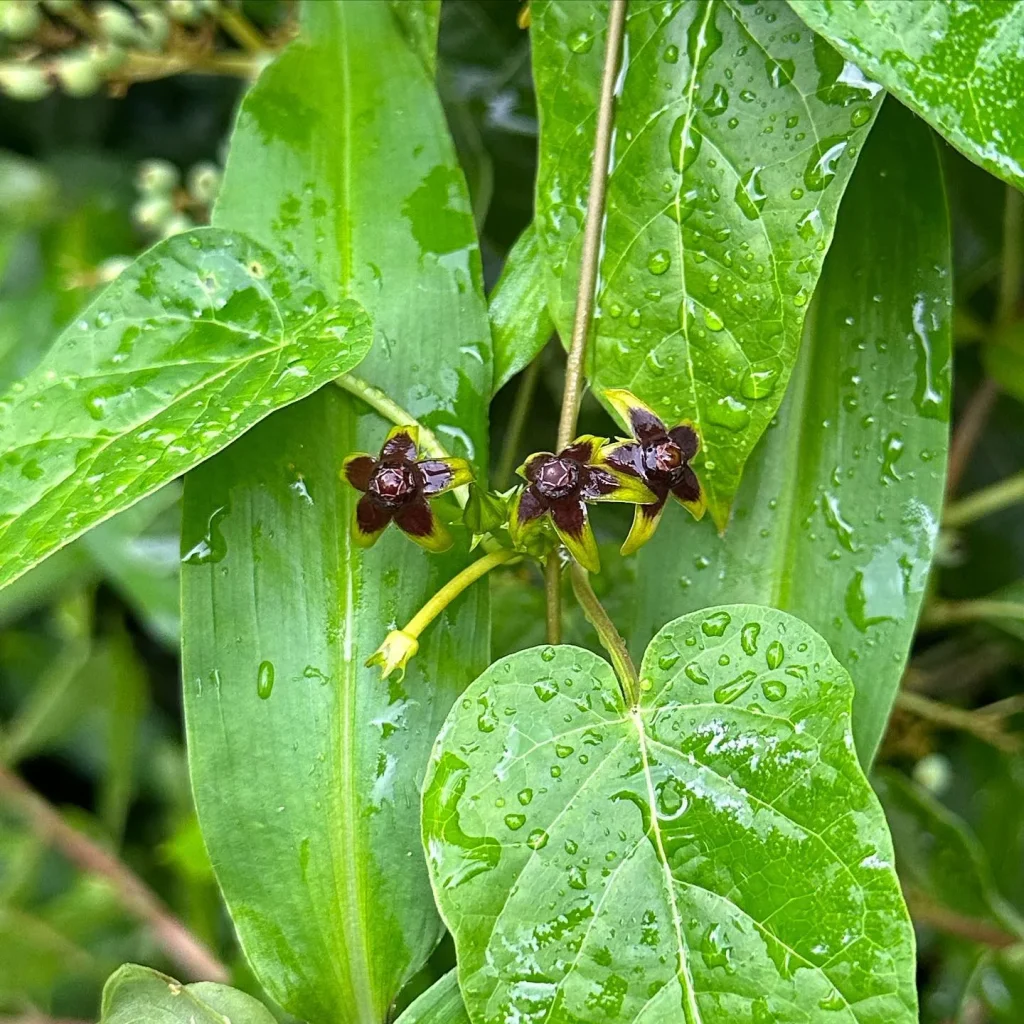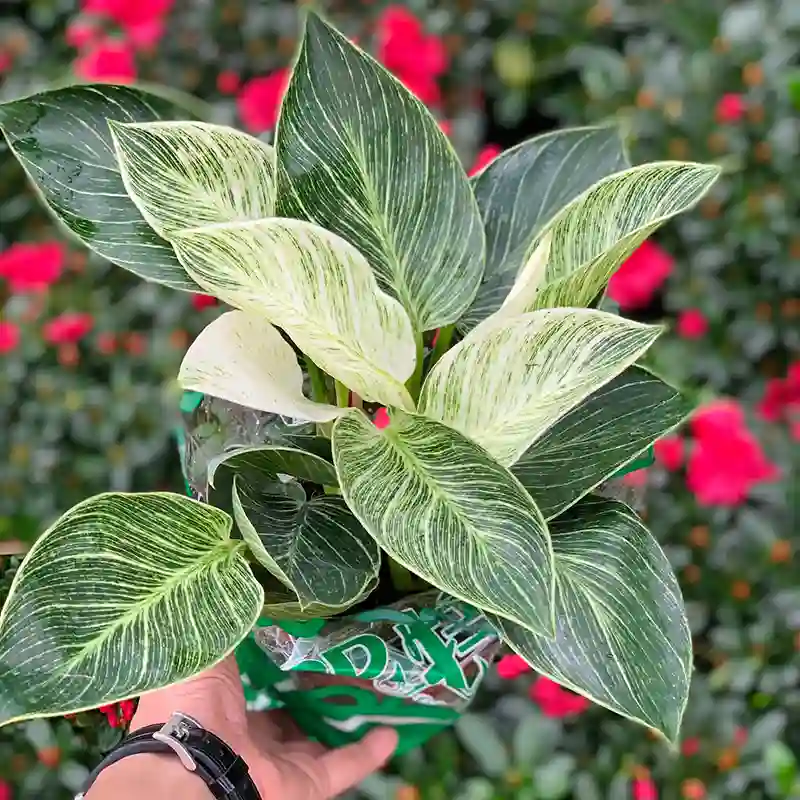How to grow Crotalaria cunninghamii?
Crotalaria cunninghamii, also known as the Green Birdflower, is a beautiful flowering shrub that can add a touch of color and attract pollinators to your garden. Here’s a guide on how to grow it successfully:
714 Species in Genus Crotalaria
Climate and Location:
- Warm Climates: Crotalaria cunninghamii thrives in warm climates. It’s not frost-tolerant and won’t do well in areas with freezing temperatures.
- Sunny Location: Choose a location that receives full sun exposure for at least 6-8 hours daily.
Soil:
- Well-Drained: This plant prefers well-draining soil. Here’s what you can do:
- Test your soil: If unsure about your soil drainage, consider a basic soil test.
- Sandy soil: If your soil is sandy and drains well, you might not need any amendments.
- Clayey soil: If your soil is heavy clay, amending it with coarse sand or organic matter like compost can improve drainage.
Planting:
- Seeds or Cuttings: Crotalaria cunninghamii can be propagated from seeds or cuttings.
Propagation by Seeds:
- Seeding time: The ideal time to sow seeds is when the weather starts to warm up after winter and the soil is still moist.
- Scarification (optional): Crotalaria cunninghamii seeds have a hard outer coat that can benefit from scarification (scratching or nicking) to improve germination rates. You can use sandpaper or a nail file to lightly nick the seed coat.
- Soaking: Soak the seeds in warm water for 12-24 hours before planting.
- Planting depth: Sow the seeds about 5mm deep in the prepared soil.
- Watering: Keep the soil moist but not soggy until germination occurs.
- Thinning (optional): Once seedlings emerge and establish a few sets of leaves, you can thin them to ensure proper spacing. Follow the recommended spacing instructions on the seed packet (usually around 12-18 inches apart).
Propagation by Cuttings:
- Take cuttings: Choose healthy, non-flowering stems with a few nodes (bumps where leaves emerge) during spring or summer.
- Cutting size: The cuttings should be around 4-6 inches long.
- Remove lower leaves: Remove the lower leaves on the stem to expose more nodes for root growth.
- Planting: Dip the cut end of the stem in rooting hormone (optional) and plant it in a pot filled with well-draining potting mix.
- Watering: Water the pot lightly and keep the soil moist but not soggy.
- Humidity: Create a humid environment around the cutting by covering the pot with a clear plastic bag or humidity dome (ensure some air circulation).
- Rooting: New roots should develop from the nodes within a few weeks. Once the roots are established, you can transplant the cutting outdoors to its permanent location.
Aftercare:
- Watering: Water your Crotalaria cunninghamii regularly, especially during hot and dry weather. Aim to keep the soil consistently moist but not soggy.
- Fertilizing (optional): You can fertilize your plant occasionally during the growing season with a balanced fertilizer diluted according to package instructions. However, fertilizing is not essential for healthy growth.
- Pruning: Light pruning in spring can help maintain a compact shape and encourage bushier growth. You can also remove spent flowers to promote continuous blooming.
Additional Tips:
- Crotalaria cunninghamii is short-lived and typically grown as an annual. However, it may self-seed in warm climates.
- Deadhead spent flowers regularly to encourage continuous blooming throughout the season.
- Watch out for common garden pests like aphids or caterpillars. Use organic controls like insecticidal soap or neem oil if necessary.
- Crotalaria cunninghamii is considered toxic to some animals, including dogs and cats. Be mindful if you have pets and keep the plant out of their reach.
Where can I buy a Crotalaria cunninghamii plant?
Finding a Crotalaria cunninghamii plant to buy took some searching. I checked local nurseries and garden centers, but it wasn’t available. Eventually, I found a reputable online plant nursery that specialized in native and exotic plants. They shipped the plant to me, and it arrived in good condition, ready to be planted.
Is Crotalaria cunninghamii poisonous?
I did some research to ensure my plant’s safety and found out that Crotalaria cunninghamii is not considered highly poisonous, but it’s always good to handle it with care. I made sure to keep it away from pets and small children, just in case. It’s more about being cautious with all plants, as some can have toxic properties.
Can Crotalaria cunninghamii be grown indoors?
Growing Crotalaria cunninghamii indoors is possible, but I found it challenging. It needs a lot of sunlight, so I placed it near a south-facing window. I also had to ensure good airflow to prevent mold. While it grew, it never thrived as well as it did outdoors, where it could get more direct sunlight and natural conditions.
Can Crotalaria cunninghamii grow in Austin, Texas?
In Austin, Texas, Crotalaria cunninghamii can grow quite well due to the warm climate and ample sunshine. I’ve had friends there who successfully grew this plant in their gardens. They mentioned that the key was to ensure the soil drains well and to water the plant regularly without making the soil too wet.
Can I grow Crotalaria cunninghamii in Kansas?
Growing Crotalaria cunninghamii in Kansas is a bit trickier because of the colder winters. However, it’s not impossible. I tried growing it there by starting it indoors during the late winter and then moving it outside once the threat of frost had passed. It did okay in the summer, but it’s definitely more of a challenge compared to warmer climates.
Can you grow Crotalaria cunninghamii in Illinois?
In Illinois, growing Crotalaria cunninghamii can be difficult due to the colder weather. I had to treat it as an annual or move it indoors during the winter months. It didn’t flourish as well as it did in warmer climates, but with a lot of care and attention, I managed to keep it alive through the summer.
Can you grow Crotalaria cunninghamii in the UK?
In the UK, the climate is generally too cool and damp for Crotalaria cunninghamii to thrive outdoors. I attempted to grow it in a greenhouse where I could control the temperature and humidity better. It grew, but not as robustly as in its native, warmer habitats. It requires a lot of attention to mimic its ideal growing conditions.
Will Crotalaria cunninghamii grow in Florida?
In Florida, Crotalaria cunninghamii grows very well due to the warm, humid climate. I visited a botanical garden there, and they had a beautiful display of these plants. They seemed to thrive with minimal care, thanks to the ideal weather conditions. It’s one of the best places for this plant to grow in the U.S.
Will Crotalaria cunninghamii grow in Oregon?
Oregon’s climate varies, but generally, it’s too cool and wet for Crotalaria cunninghamii to thrive outdoors. When I tried growing it there, I had better success keeping it in a greenhouse or sunroom where I could control the temperature and protect it from excessive moisture.
Will Crotalaria cunninghamii grow in Wisconsin?
In Wisconsin, the cold winters make it difficult to grow Crotalaria cunninghamii outdoors. I tried growing it in pots and moving them indoors during the colder months, but it was quite a hassle. It didn’t thrive as it does in warmer climates, and I eventually decided it wasn’t worth the effort for me.
Will the Crotalaria cunninghamii grow in North Carolina?
North Carolina has a more suitable climate for Crotalaria cunninghamii, especially in the warmer, coastal regions. I’ve seen them grow successfully there, particularly with a little extra care to ensure they’re planted in well-draining soil and given plenty of sunlight. It’s a good region for this plant compared to more northern states.
If i die, water my plants!



